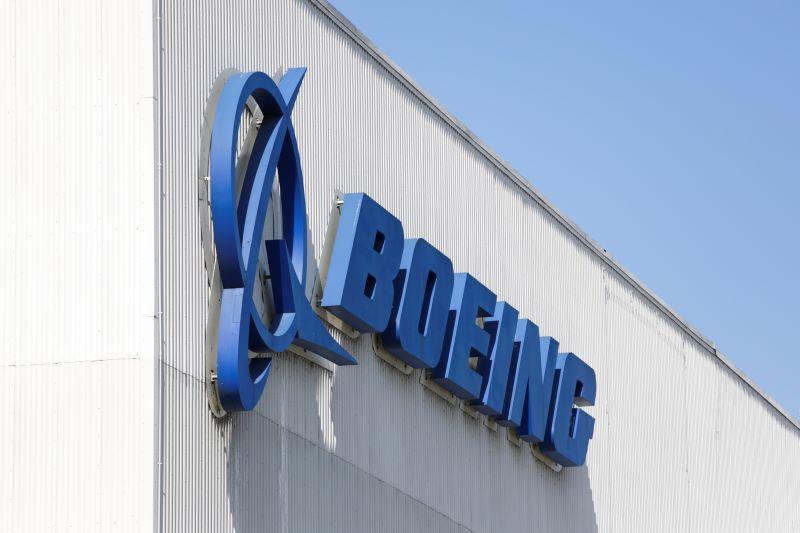Former Boeing 737 MAX Chief Technical Pilot Charged With Hiding Design Changes

Credit: Jason Redmond / AFP / Getty Images
WASHINGTON—A U.S. federal grand jury has indicted former Boeing 737 MAX chief technical pilot Mark Forkner, alleging he intentionally withheld crucial information about flight control software changes from FAA officials during the model’s certification, helping set the stage for two fatal accidents...
Subscription Required
This content requires a subscription to one of the Aviation Week Intelligence Network (AWIN) bundles.
Schedule a demo today to find out how you can access this content and similar content related to your area of the global aviation industry.
Already an AWIN subscriber? Login
Did you know? Aviation Week has won top honors multiple times in the Jesse H. Neal National Business Journalism Awards, the business-to-business media equivalent of the Pulitzer Prizes.

